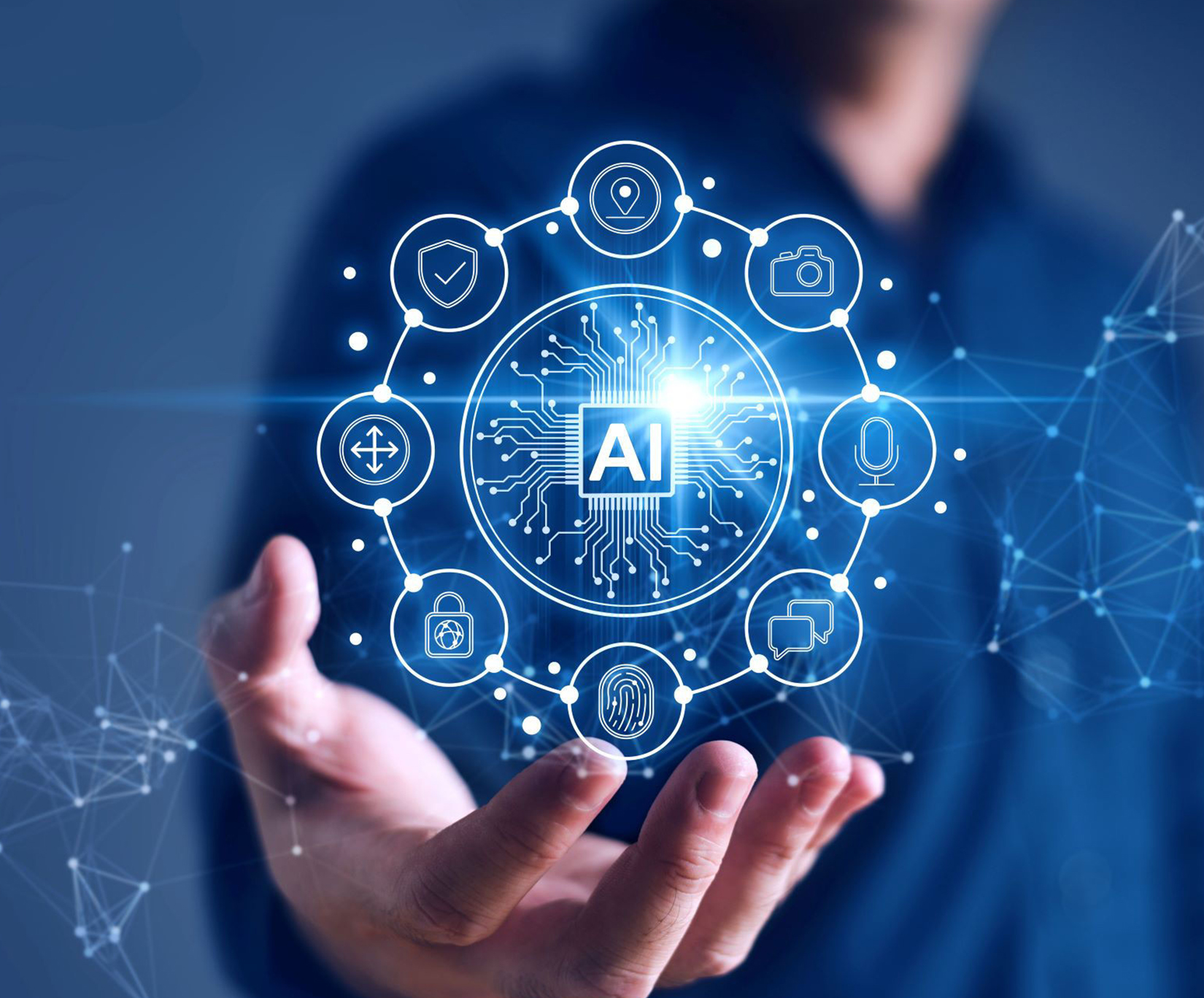Introduction
Generative AI is transforming industries, providing new ways to create content, automate tasks, and enhance innovation. This technology, which includes machine learning models capable of generating new and unique content, such as text, images, music, and more, is rapidly evolving and revolutionizing how we think about creativity and computation. In this blog, we’ll dive deep into what generative AI is, its applications, how it works, and its potential future impact.
What is Generative AI?
Generative AI refers to a class of artificial intelligence models designed to generate new, original content based on patterns they learn from existing data. Unlike traditional AI, which typically focuses on recognizing patterns or making decisions, generative AI creates new outputs such as text, images, music, and more. This ability to produce creative and realistic content has opened up many possibilities for industries ranging from entertainment to healthcare.
Applications of Generative AI
3.1. Text Generation
Generative AI has made significant strides in natural language processing (NLP), enabling models to generate coherent and contextually appropriate text. Popular examples include chatbots like GPT-3 and GPT-4, which can write essays, generate code, create poetry, and much more.
3.2. Image and Art Generation
Generative AI is capable of producing realistic images and artwork. Tools like DALL·E, MidJourney, and Stable Diffusion can create images from textual descriptions, allowing for limitless creativity in digital art, design, and even advertising.
3.3. Music and Audio Generation
AI models such as OpenAI’s MuseNet and Jukedeck are capable of generating original music compositions. These systems analyze patterns in music and can create pieces in various genres, enabling musicians and creators to collaborate with AI to compose new soundscapes.
3.4. Code Generation
Generative AI can also aid in writing code. AI models like GitHub Copilot, powered by OpenAI Codex, assist developers by auto-generating code snippets, solving programming problems, and suggesting improvements, accelerating the software development process.
How Does Generative AI Work?
Generative AI works by learning patterns and structures in the data it’s trained on. This typically involves training a model on large datasets, where the model learns to generate new data that resembles the original dataset.
A common approach involves two steps:
- Training: The model is trained on large datasets (e.g., text, images) to learn the underlying patterns, structures, and relationships within the data.
- Generation: Once trained, the model can generate new outputs by sampling from the learned distributions, creating new instances that resemble the data it was trained on.
Key Technologies Behind Generative AI
5.1. Neural Networks
Neural networks, particularly deep learning models, are the backbone of many generative AI systems. These models consist of multiple layers of interconnected nodes (neurons) that process information and learn complex patterns from data. Through training, they improve their ability to generate realistic outputs.
5.2. GANs (Generative Adversarial Networks)
GANs are a popular architecture for generative models. GANs consist of two neural networks: a generator and a discriminator. The generator creates new data, while the discriminator tries to distinguish between real and generated data. The two networks compete, improving each other’s performance over time, which leads to high-quality generative outputs.
5.3. Transformers and Large Language Models
Transformers, a type of deep learning architecture, have been a breakthrough in natural language processing. They use attention mechanisms to better understand context and relationships between words. Large language models (LLMs), like GPT-3, are built on transformers and have revolutionized text generation by leveraging massive datasets and computational power.
Challenges in Generative AI
Despite the impressive capabilities of generative AI, there are several challenges:
- Data Bias: AI models can inherit biases from the data they are trained on, leading to ethical concerns regarding fairness and representation.
- Quality Control: Ensuring the quality and originality of generated content is an ongoing issue. While AI can produce convincing content, it sometimes generates nonsensical or subpar results.
- Intellectual Property: As AI generates content, questions arise about ownership, copyright, and the ethical implications of using AI in creative industries.
- Computational Resources: Training generative AI models requires significant computational power, which may not be accessible to all developers or organizations.
The Future of Generative AI
The future of generative AI holds great promise. We can expect:
- Improved Models: As AI continues to evolve, the quality of generated content will improve, with even more sophisticated models able to generate hyper-realistic text, images, and more.
- Collaboration between AI and Humans: Rather than replacing human creativity, generative AI will augment and collaborate with humans, leading to a new wave of hybrid creativity.
- New Use Cases: Generative AI will expand into new industries, from personalized education and content creation to healthcare applications such as drug discovery.
Conclusion
Generative AI is reshaping industries by providing new ways to create, innovate, and automate processes. From generating text and images to composing music and writing code, its capabilities are vast and continuously growing. As technology advances, generative AI will undoubtedly play an even more significant role in the future, offering unprecedented opportunities for creativity and efficiency across many domains.
As we continue to explore the possibilities of generative AI, it’s essential to keep in mind the challenges and ethical considerations that accompany its development. The future of generative AI is exciting, but it must be approached responsibly to unlock its full potential.
